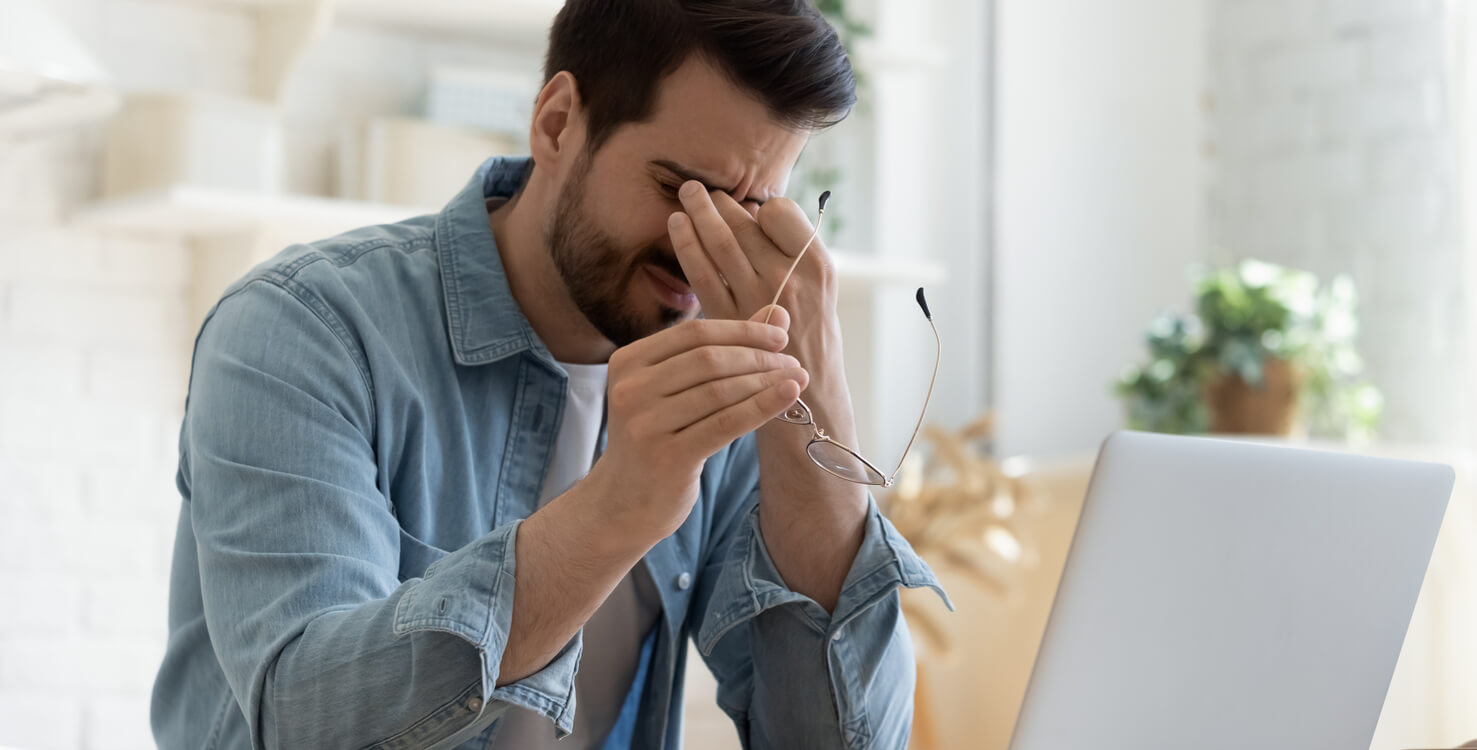Across the country, there are working people whose jobs required them to wake up and drive to work every day. There, they would work at a desk or cubicle but coworkers would drop by with questions, they’d get up to grab coffee, attend a meeting or go out for lunch. Now, for many of those same people, they wake up, walk to their home desk and stare at a computer for 8-10 hours a day. Coffee breaks that used to stretch into conversations with coworkers in the break room are now quick 60 second runs to the kitchen, meetings where you sat and spoke face-to-face are now just more hours of screentime and the time we spent driving to and from work has evaporated, leaving us free to turn on a show or check our phones. Screen fatigue is a simple name for a complicated issue—without the distractions of normal life, many of us feel drained as a result of our screens.
Why is Screen Fatigue Such a Problem?
How Life Unfolds is a campaign from the Paper & Packaging Board that researches and shares the impact of paper use on our lives. They recently completed their second annual Workplace Productivity Report, which investigates the challenges that employees have faced working from home in the months since many homes became home offices, by surveying 2,000 workers and questioning them on their pandemic work habits and current mental state. The numbers are overwhelming: 73% of the 2,000 surveyed workers report dealing with screen fatigue. Millennials are the demographic suffering most, with 77% of 24 to 29 year-olds reporting a digital overload, but Gen Z is not immune. You might be quick to assume that Gen Z would be spared the brunt of the consequences, as a result of growing up in an increasingly digital world, but 53% of 18 to 23 year-olds reporting suffering from the same issues as Millennials. Screen fatigue is spreading, much the same as Covid-19 has. The more we connect online, whether for work purposes or socially, the more likely we are to feel burnt out at the end of each day.
So How Do We Fight Screen Fatigue?
Well, the How Life Unfolds article states that “Though workplace communication was digital-first for many before office closures, email, chat, and video conferencing are now the only communication methods that remain for most remote workers.” In other words, although digital communication was certainly commonplace before the pandemic, other options were also available. Now…well, not so much. Clearly, the world cannot stop online work or digital communication but cutting down on using your device for social reasons isn’t the answer either. Your online conversations with friends and family are important, and your mental health would only suffer further if you didn’t speak with them in an effort to fight digital fatigue. The best solution is actually quite simple—increase your paper use during work hours and your spare time. Instead of reading the latest proposal or proof on your computer, print it out and go over the pages with a pen and a highlighter or, rather than closing the laptop and opening Netflix at the end of a long day, crack open a book and spend some time reading. It may take a few minutes longer and you might not finish the season of Cake Wars this weekend, but it’s better for your eyes and mental stamina in both the short and long term.
The How Life Unfolds article shares that, of the 2,000 workers polled, over half have turned to pen and paper to “organize their thoughts, prioritize tasks, or just doodle to relieve stress.”. According to them, those who have been working from home the longest have begun upgrading their home offices, including purchasing pens (76%), notebooks (74%), sticky notes (74%), printer paper (74%) and paper clips (73%). Whether you’re aware of it or not, your body knows what the source of your stress is and many people are subconsciously turning to what combats the issue most effectively. The article goes on to state that an “Increased reliance on paper in the remote workplace illustrates how analog tools support productivity by providing a reprieve from screens and digital devices.” Figure out how you can work paper into your daily routine and then take advantage of its benefits. Oftentimes the best solution is the simplest one; read more, write more and turn off the screen. At least for a little while.
To read the full report from How Life Unfolds, visit this link. And for more on the benefits of paper, check out our blog.



Discussion